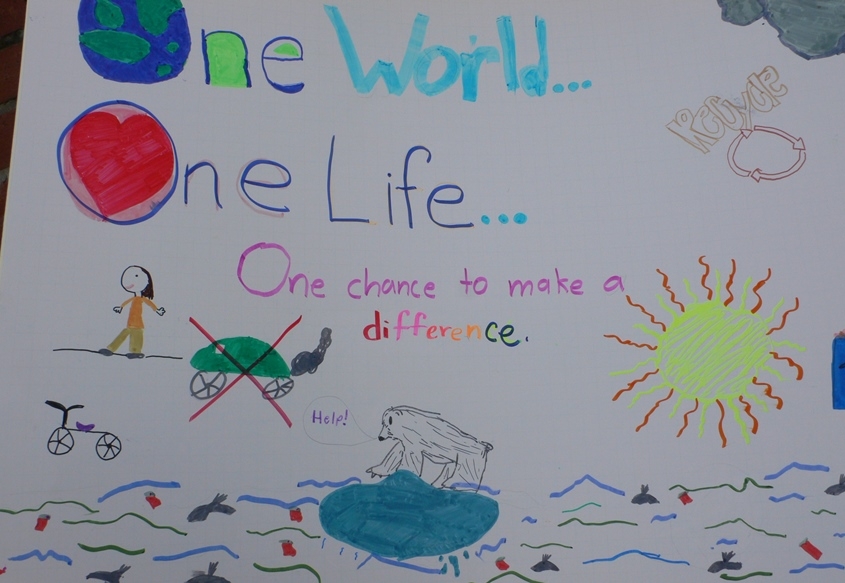Microtrash

When you’re a man, the world is your toilet. Anyone who has played 18 holes of golf or gone camping knows this is fact.
When a woman answers Nature’s Call, it’s another story. Skill and strategy are de rigueur. The last thing we need is to accidentally splatter our own shoes while squatting or suffer the dreaded drip-dry due to an absence of t-paper. Gentlemen readers, my bladder isn’t any sturdier than yours and I freely admit that on occasion while hiking with Molly or on a trek with the Boy Scouts, I’ve sought out the secluded bush.
Which leaves a pressing question: What about the used tissues? Stop saying eew. I carry them out. I wouldn’t think of burying them or burning them, Smokey. A scout leaves a place better than she found it. But what about the smaller stuff? Much smaller.
I’m talking MicroTrash.
Years ago while bushwhacking through the Wrangell St. Elias Mountains in Alaska, I first heard the term MicroTrash. When we stopped for our picnic lunch, our swashbuckling guide told us to be aware of it and to not leave a shred behind. He had a pistol, a rifle and possibly a saber in his daypack to ward off bears. I wanted to make sure I had the message straight. MicroTrash?
It’s your water bottle top. The corner of your Cliff Bar wrapper. A cigarette butt. No matter how small, it’s still trash. The ocean is downhill from everywhere. Iowa, California, doesn’t matter. That little bottle cap? It keeps getting smaller, breaking down into pieces that end up in the sea, carried by wind or swept through urban runoff into waterways that end at the sea.
Fish du jour
And depending on the type of litter it can take decades or even centuries to biodegrade. Am I making a mountain out of a molehill? Why should anyone care about a teensy bottle top when the US government is stashing away who knows how much defense-related waste at a remote site, 2,000 feet below ground surface, in southeastern New Mexico? That’s really what’ll kill you, right?
Not yet. Garbage Island, twice the size of Texas, presents a more pressing problem in the Pacific. 90 feet deep in some places, Garbage Island has an estimated 3.5 million tons of trash and 90% of it is plastic, which doesn’t biodegrade, after all. It photodegrades. With exposure to the sun, plastic breaks down into smaller and smaller bits until it resembles plankton. Jellyfish eat it. Bigger fish eat the jellyfish and then you order fish off the menu with some organic steamed vegees and a glass of Chardonnay to compliment your chemicals. Mega-Eew
Exposure to these chemicals from plastic is affecting our health. Duh. And our whole society uses plastic so we need to develop a formula to prevent it from lasting forever. In the meantime, might I suggest investing in some stylish shorts with plenty of pockets? You’re going to need them this summer to pick up that extra trash you discover along the streets and trails. Don’t even think about saying eew.
sources: http://www.epa.gov/radiation/docs/wipp/epa_mgo_report_91107.pdf
http://toxics.usgs.gov/definitions/photodegradation.html
http://www.dtsc.ca.gov/PressRoom/upload/News-Release-T-19-09.pdf





